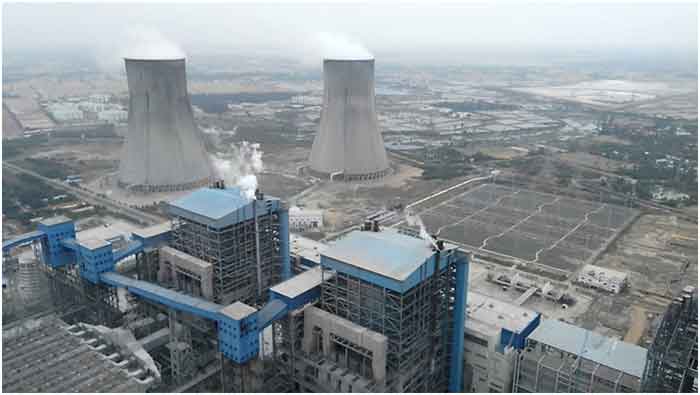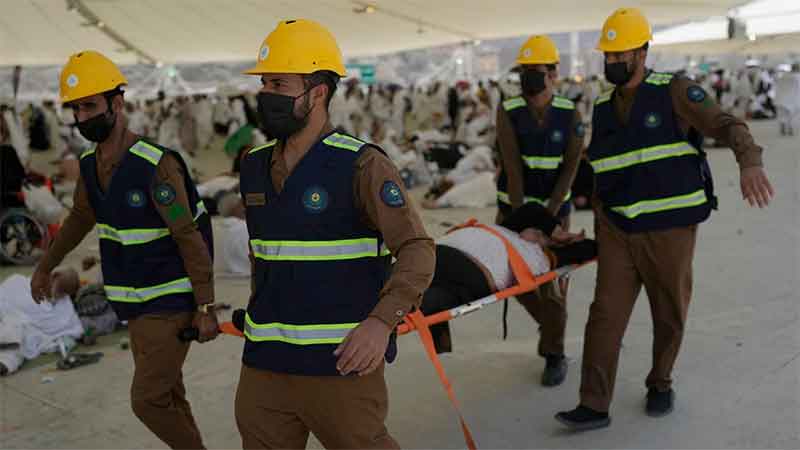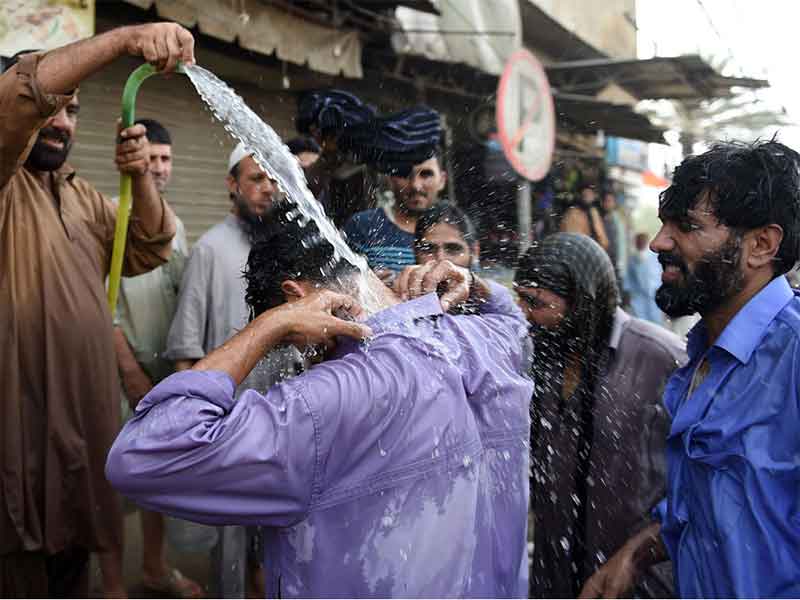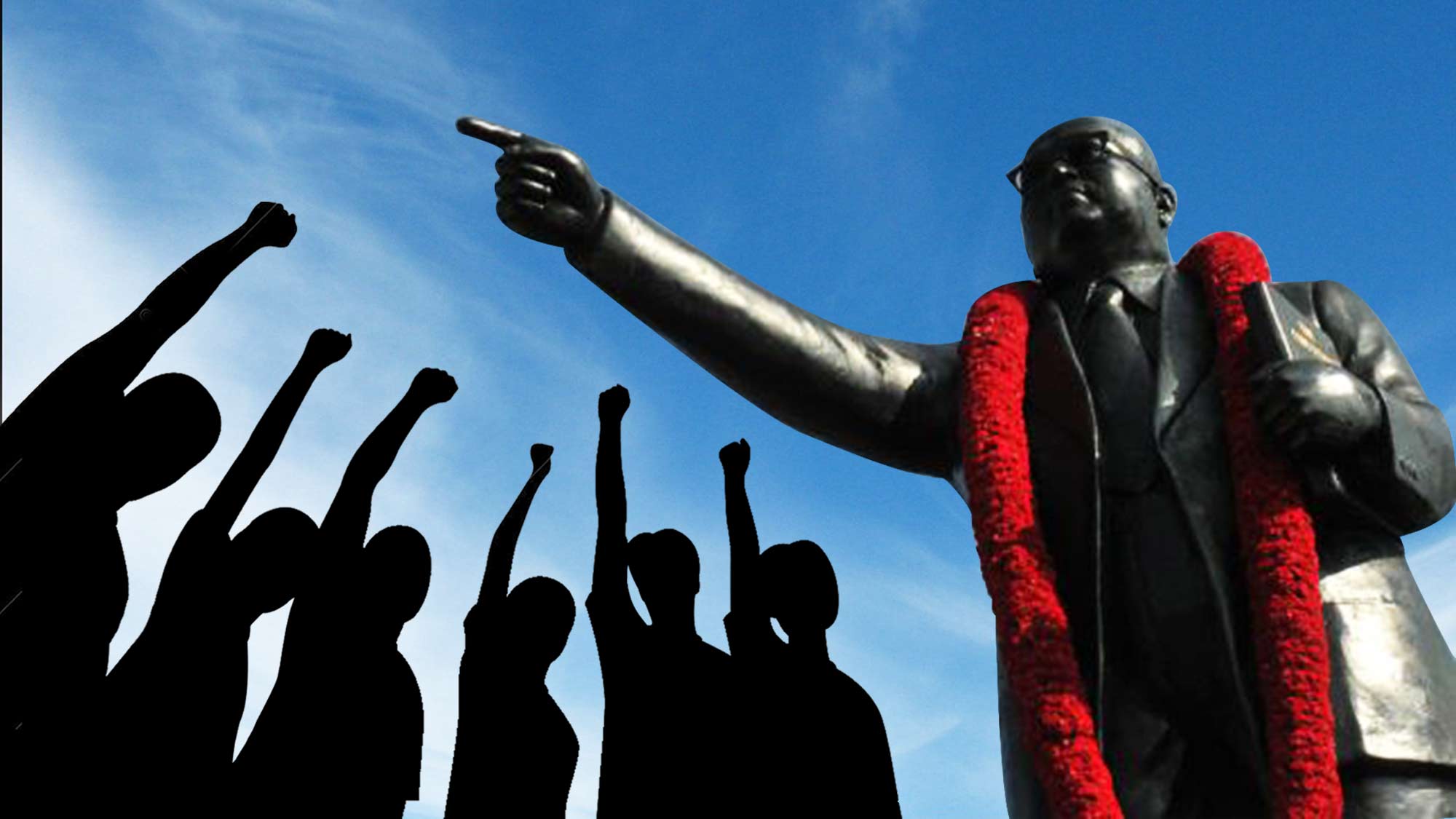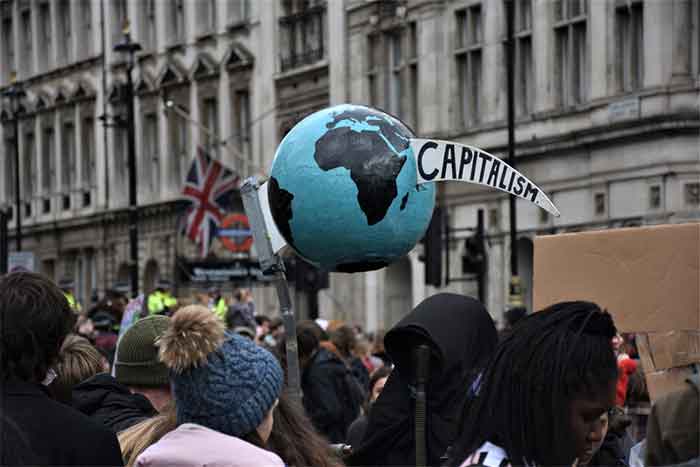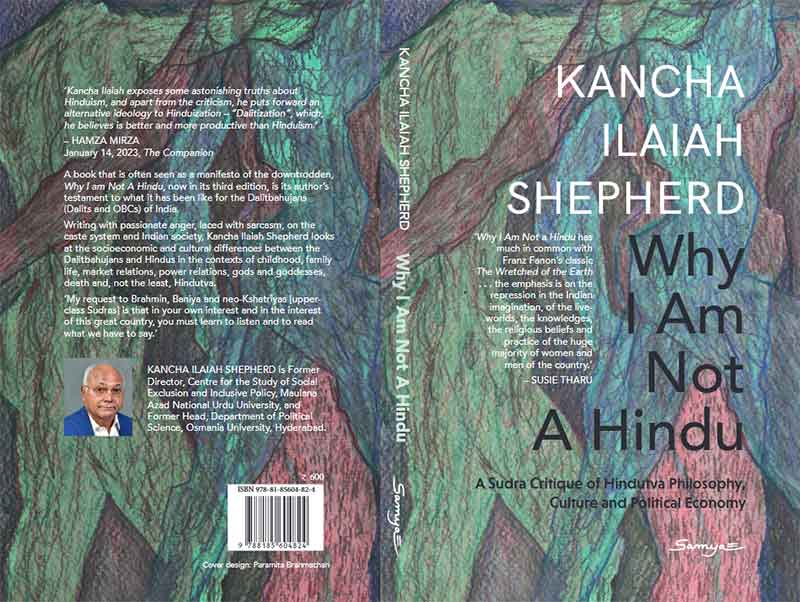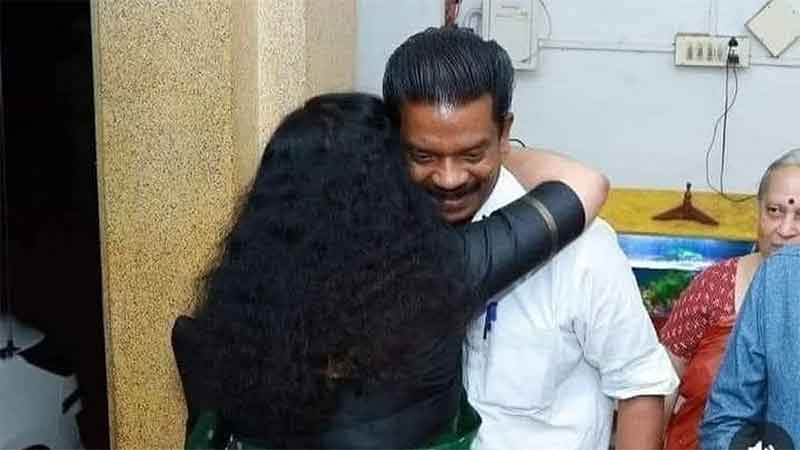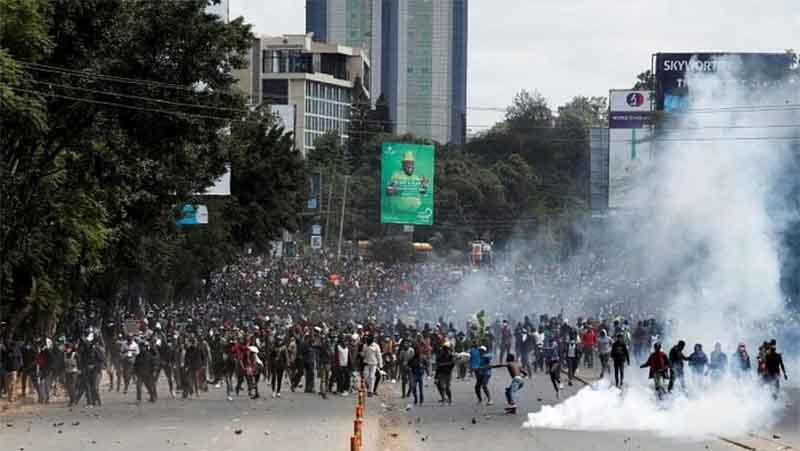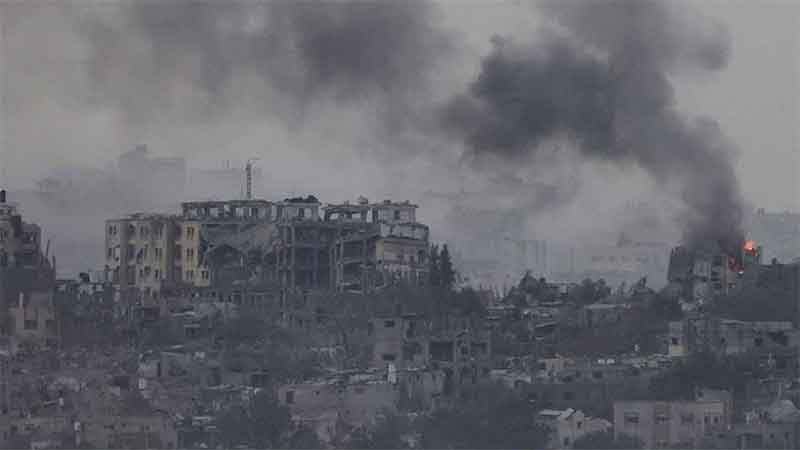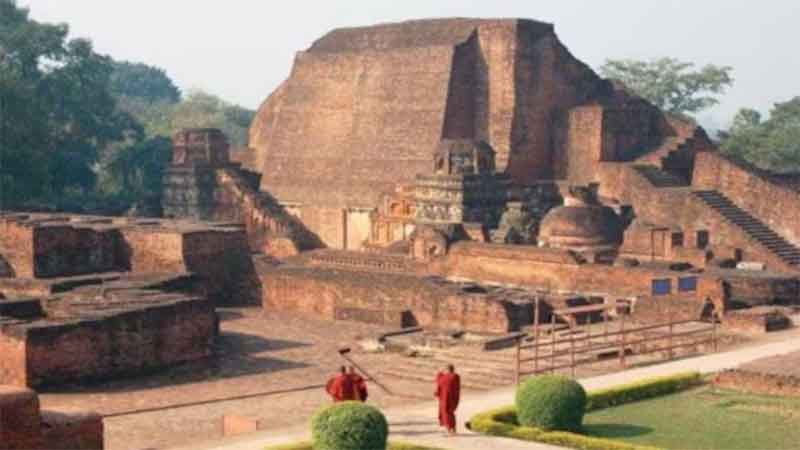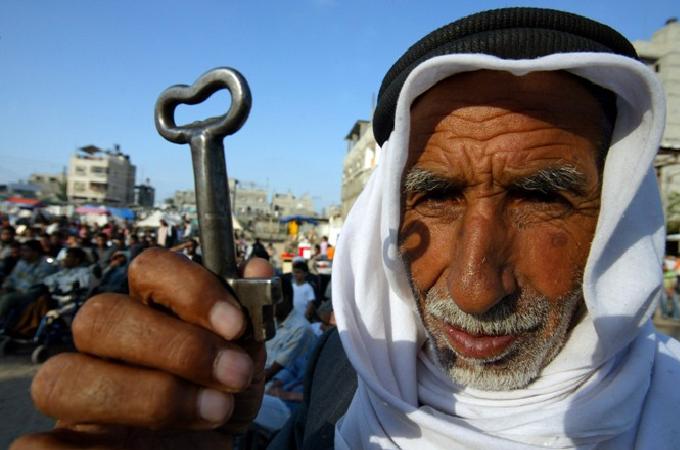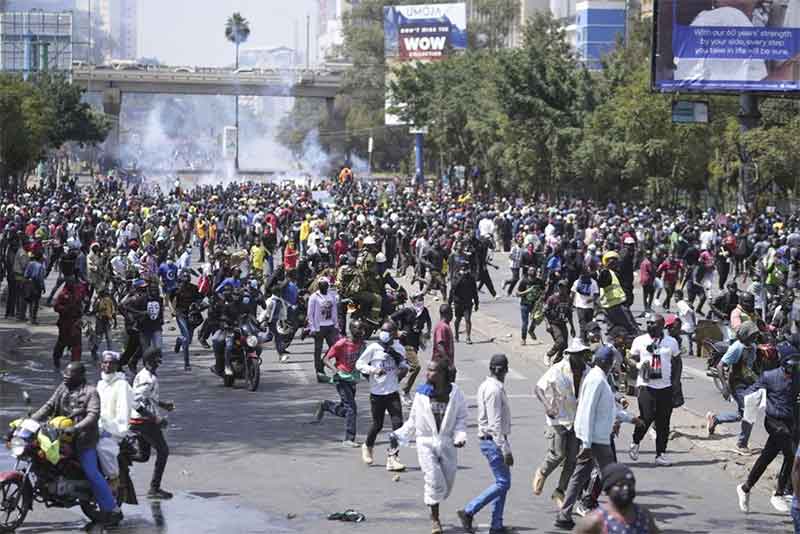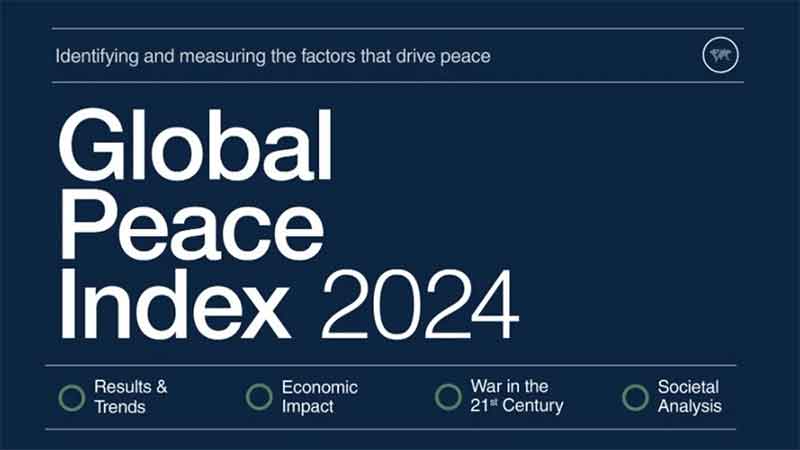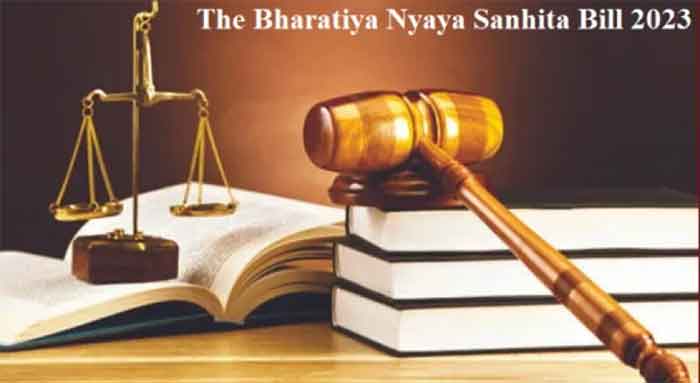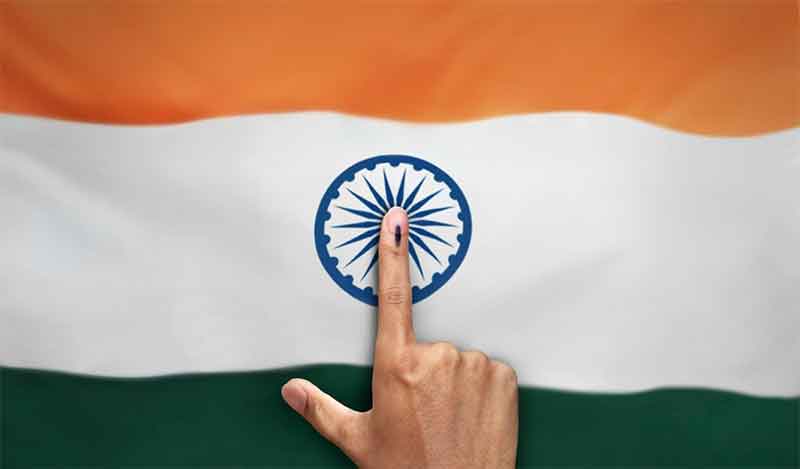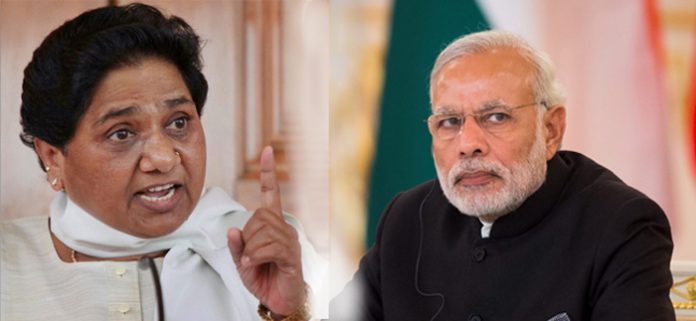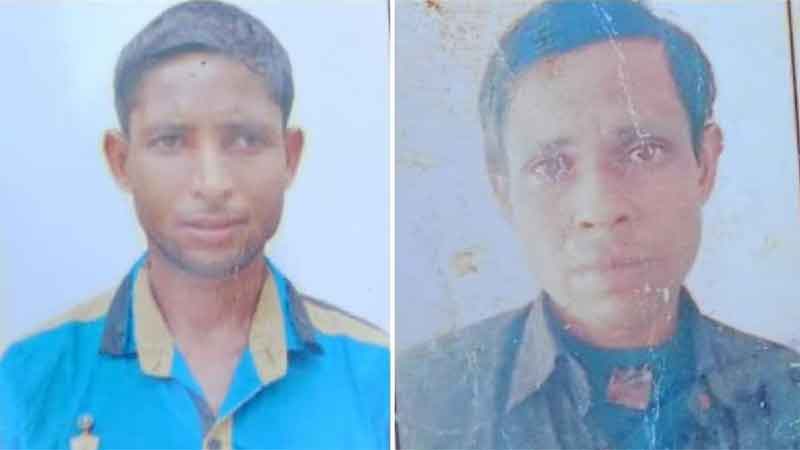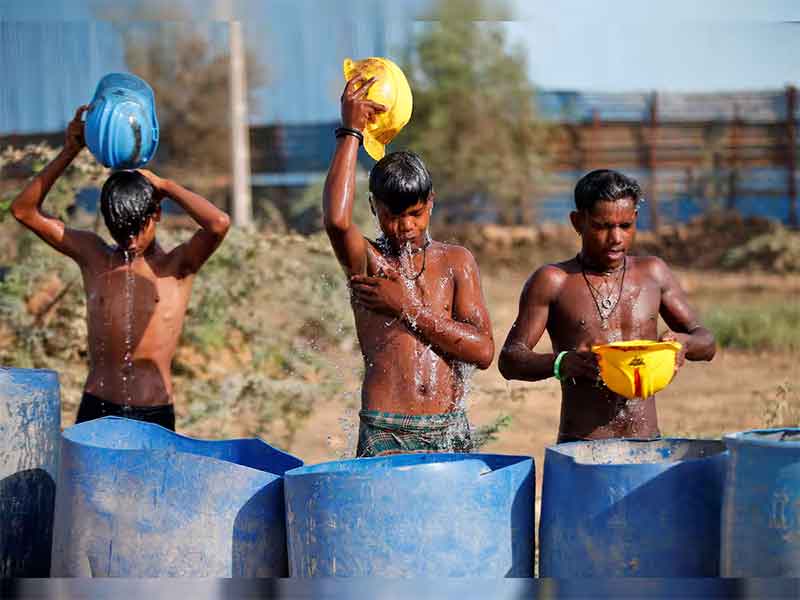
Clearly there is an urgency of improving the heat wave response in most parts of India. While the need for this is understood and accepted widely, the high level of the inadequacy of the present situation is highlighted by the fact that at the time of writing this, till very recently, a figure of between 100 to 150 heat wave deaths for the entire country for year 2024 based on official sources has been widely cited, while at the same time an higher figure of heat wave deaths just for the city of Delhi has also been frequently cited. How can mortality for the entirely country ( related to heat waves) be less than the mortality of a single city of the country, or , putting this the other way, how can the mortality of a single city be higher than the mortality of the entire country?
Further pointing to the obvious contradiction in the national level data of about 40,000 heat stroke cases and about 110 deaths, a prominent expert Dileep Mavlankar (who formulated the first of its kind Heat Action Plan for Ahmedabad city in 2013) recently questioned ( see interview in The Times of India published on June 23 titled ‘How will cities find a solution if they don’t even count heat wave deaths?’) that this gives a mortality rate of 0.3% but ordinarily heat stroke mortality is about 20-30%. So what may actually be happening is that the mortality data given by a few big hospitals is being given as the official mortality count of heat wave deaths, and probably even these big hospitals are also not counting all the heat wave deaths. However what is well-known is that many patients do not reach hospitals, or reach only very small medical establishments that may not be reporting this data.
What about the reporting of heat wave mortality from villages? After all about two-thirds of the people live in villages and another significant number in small towns. This writer has just returned from a visit of nearly a dozen villages in some of the worst heat wave affected parts of Uttar Pradesh, Madhya Pradesh and Rajasthan, and he can assert forcefully that peak time heat conditions there can be very dangerous and a large number of poor persons having to work for daily wages even in such terrible heat wave conditions are extremely high vulnerable. Almost all the people with whom I discussed this situation in remote villages expressed their serious concern regarding what will happen if heat wave conditions worsen in the coming years, in keeping with the trend being seen at present.
Most of the people argued for solutions based firstly on increasing water conservation and protection of water sources on the one hand and increasing the greenery and trees on the other hand. However at the same time as these concerns were being expressed, there were many indications of highly destructive mining activities, excessive mining of sand in rivers leading to depletion of their flow, entire hill ranges being denuded of greenery and then even felled for mining stone, villages enveloped in clouds of dust by mining and crushing work. Evidence of this could be seen time and again as I travelled in the interior parts. I lost count of the number of trucks lining up to carry away the sand mined from rivers. The depleted Ken river could be seen at several places as a shadow of its former glory and yet plans are on to transfer a lot of its water under a very costly scheme to which many objections have been raised but ignored.
In brief, while the importance of increasing greenery, protecting rivers and water protection is emphasized, and some significant good work is also being done at the micro level in several villages, the wider reality of devastation being caused on a very large-scale cannot be ignored and this devastation is likely to increase the intensity of heat waves if this is allowed to continue.
Similarly in big cities some good work of reviving water bodies or greening efforts can be seen but on the other hand the constructions resulting in intensification of urban heat island effect reflect the wider reality. Meanwhile the drinking water situation has deteriorated significantly or remains as grim as before for significant sections of the population of poor and vulnerable people even in such leading and prosperous cities like Delhi and Bengaluru. Significant section of working class population, men as well as women, remain exposed to working in open spaces or in other conditions of heat stress.
In the interview quoted above Dileep Mavlankar has stated, “We had thought heat islands in the city centre only have a 5-6 degree difference but a recent World Bank study in South Africa shows a 16 degree difference between richer and poorer communities. We must do such studies.” Further he says,” The more ACs we put, temperatures will rise further. Poor people will be worse off.” However on the positive side, he has also suggested solutions that can work. He says,” Ahmedabad has tried something called parametric insurance. If the temperature goes above a certain point for more than 7 days in a season, each person will be paid Rs. 2000 as compensation because they cannot work.”
At a wider level, the four components of the Heat Action Plan for Ahmedabad have included—early warning and inter-agency coordination, public awareness and community mobilization, strengthening medical and para-medical systems, reducing exposure and long-term actions. (plus close monitoring). All this has helped to reduce peak heat wave mortality by 30 to 40%.
Similar and better results can be achieved with participative planning based on understanding the real needs of vulnerable and poor people and then making the best possible effort to meet these needs.
Bharat Dogra is Honorary Convener, Campaign to Save Earth Now. His recent books include Planet in Peril, Protecting Earth for Children, A Day in 2071 ad Man over Machine.

